How Long Does It Take To Train For A Half Marathon?
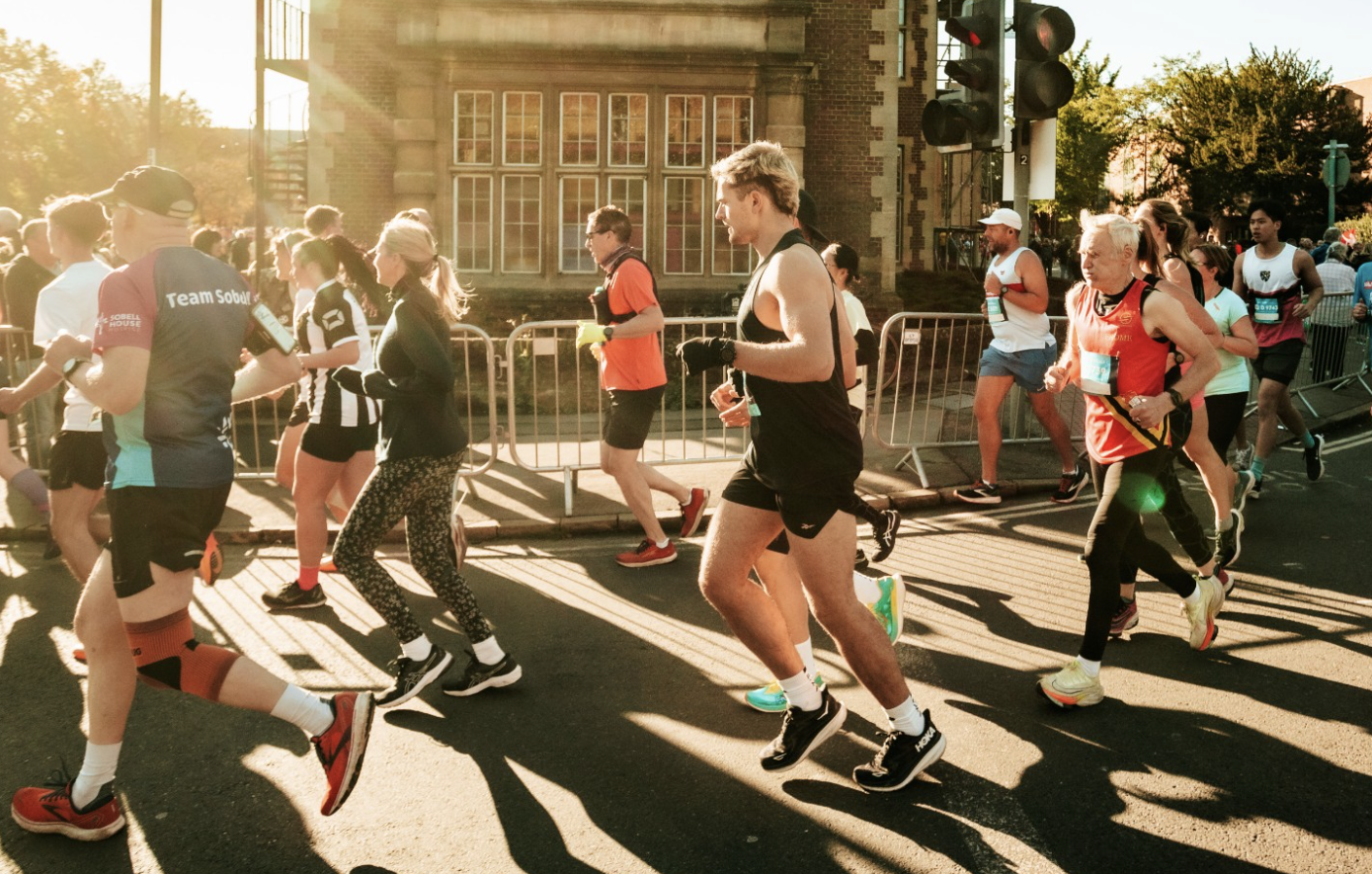
Do you want to run a half marathon? Whether you’re looking to step up from a 10km to half, or you want to train to try and beat a personal best, we’re here to guide you.
DO YOU NEED TO BE FIT BEFORE YOU START TRAINING?
A half marathon is 13.1 miles or 21.1km. That’s a long way.
We don’t recommend a couch to 21km programme, unless you’ve got six months or more to train. As a general rule, it’s a good idea to be able to complete a 10km before moving up to half marathon training because the longer training runs that you do require a good level of base fitness. If you’re just starting out as a runner, start with 5km, then 10km, and then think about a half marathon.
WHAT’S A GOOD TIME FOR A HALF MARATHON?
Elite men might run a half marathon in an astonishing 60 minutes, and women around 65 minutes. But most of us take more than two hours to run a half marathon, and many races have cut off times of 3.5-4 hours, so you don’t need to be a fast runner to complete a half marathon.
To run a half marathon in two hours, you need to average 9:08 per mile / 5:40 per km. A 2.5 hour marathon is around 11:20 per mile / or just over 7:00 per km.
For faster runners, 90 minutes is often seen as a good barrier to break in a half marathon. That’s a pace of 6:52 per mile / 4:15 per km.
HOW MANY WEEKS TO TRAIN FOR A HALF MARATHON?
If you don’t currently run, haven’t trained for a run in a long time, or are returning from a serious injury, then it’s sensible to slowly build up to a half marathon. We recommend six months as a minimum. This can be broken into three sections: 0-5km training for 8-10 weeks; 5km-10km training for 8-10 weeks; 10-21km training for 8-10 weeks.
If you’re moving up from 10km to take on your first half marathon, then 8-12 weeks is a sensible time frame. This enables you to slowly increase your longer runs while also working on the extra strength required for a half marathon distance.
If you’re comfortable running 9 miles/15km and you want to have a shot at a faster time or to lower a personal best, then you can be ready in 6-10 weeks, depending on the amount of base training you’d like to put in.
WHAT DOES A WEEKLY TRAINING PLAN LOOKING LIKE FOR A HALF MARATHON?
We’ve got some free training plans available here or recommend the Runna app. We suggest aiming for at least three runs a week when training for a half marathon. And always have at least one full rest day in the week.
- Three runs a week: an easy run, a run with some faster efforts, and a long run.
- Four runs a week: two easy runs, a run with some faster efforts, and a long run.
- Five runs a week: two easy runs, two runs with faster efforts, and a long run.
- Six runs a week: three easy runs, two runs with faster efforts, and a long run.
Not sure you can run that much? If you’re doing four or more runs per week, then you can always swap one or two of the easy runs for the equivalent cross-training, which might including cycling or swimming.
WHY DO YOU NEED TO DO DIFFERENT TYPES OF RUNS FOR A HALF MARATHON?
Most training plans will have an easy run, a faster run (intervals or tempo) and a long run. These have different purposes.
- Easy Runs: These are your standard daily runs. They should be at a pace which is easy enough that you can talk to someone while running. You can run these on the road, trails or treadmill. They are essential to build your general cardio fitness.
- Faster Runs: Running faster than your easy pace helps to build up speed, strength and power, which are all important in a long race like a half marathon (even if you plan to run your race at your ‘easy pace’). The fast runs are often the ones which people skip in their training, but they are really beneficial. Intervals are usually shorter and faster (up to 2 minutes) while tempo runs are usually longer but not so quick (2-10 minutes).
- Long Run: These help you build up the endurance you need for the half marathon. Most often you’ll run this at your easy pace, but if you’re aiming for a particular time then you might want to practise a long run with sections at your goal pace. During your training programme your long run will increase most weeks until you reach 10-15 miles (yes, sometimes in a half marathon block we’ll run the full distance or further!).
WHAT’S THE LONGEST RUN TO DO IN HALF MARATHON TRAINING?
This should be between 10 and 15 miles (16-24km). Some runners will build up to 10 miles and add the final three in the race, while others may aim to run beyond the half marathon distance.
While you wouldn’t run 28 miles when training for a 26.2 mile marathon, in a half marathon it’s a little more manageable to run the full race distance in training. The benefit is that you know what the full 13.1 mile distance will be like, but only run that far if you’re able to recover well after it.
HOW MANY MILES/KILOMETRES SHOULD YOU RUN A WEEK IN MARATHON TRAINING?
This is a difficult question… Some people will run a maximum of 18 miles/30km a week, whereas others may run more than 60 miles/100km. It’s going to depend on your fitness and the amount of time you can commit to running. The benefits of gradually building up to running further is that you will also increase your general fitness.
Whatever the distance you cover in a week, you should always increase your volume gradually. The 10% rule is a sensible one where you only increase your weekly volume by 10% each week – and you should only do that if it doesn’t put too much extra strain on your body. You can’t just jump straight to 100km a week without building up to it over months or even years.
***
Are you ready to sign up to a half marathon?





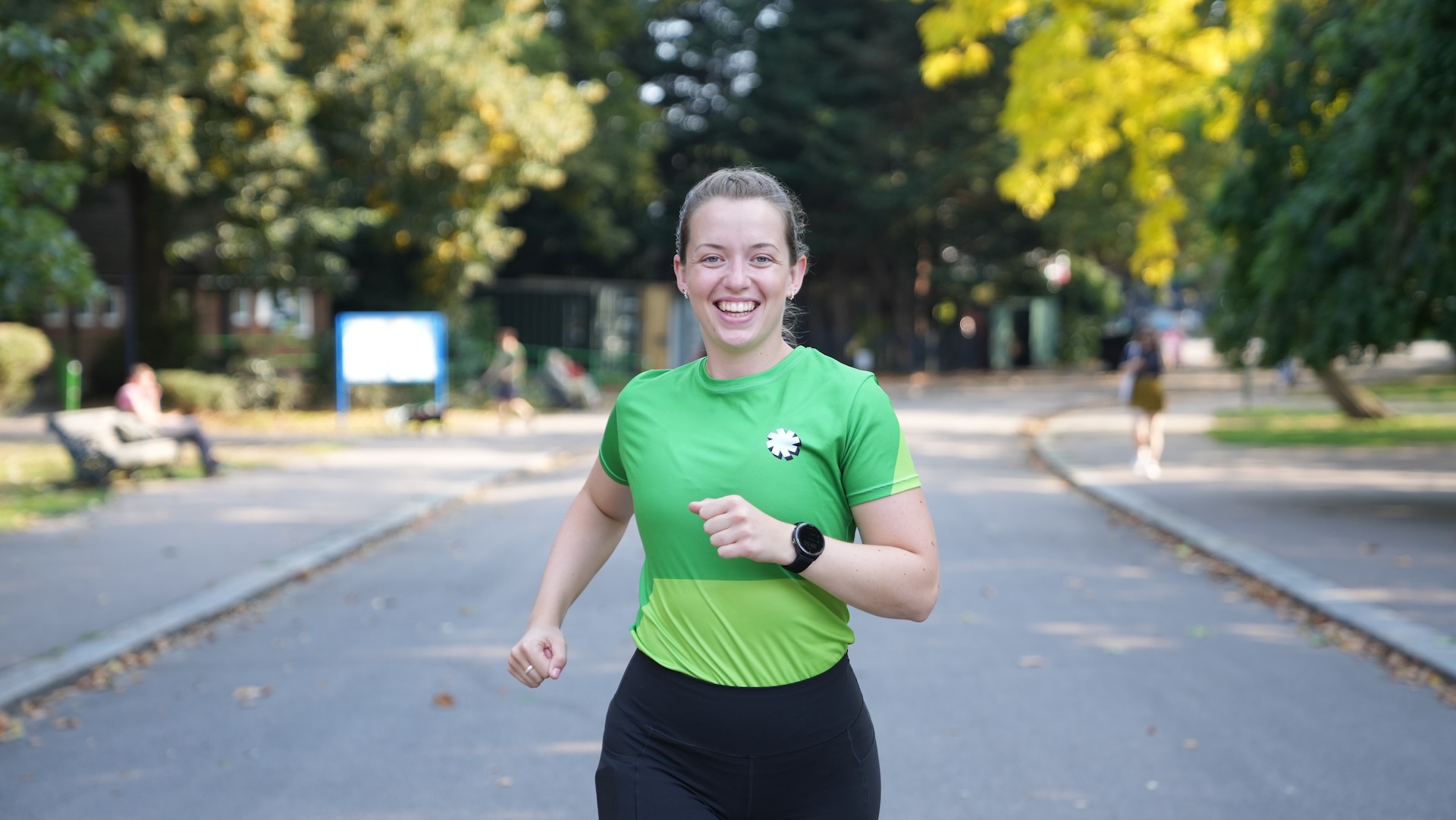


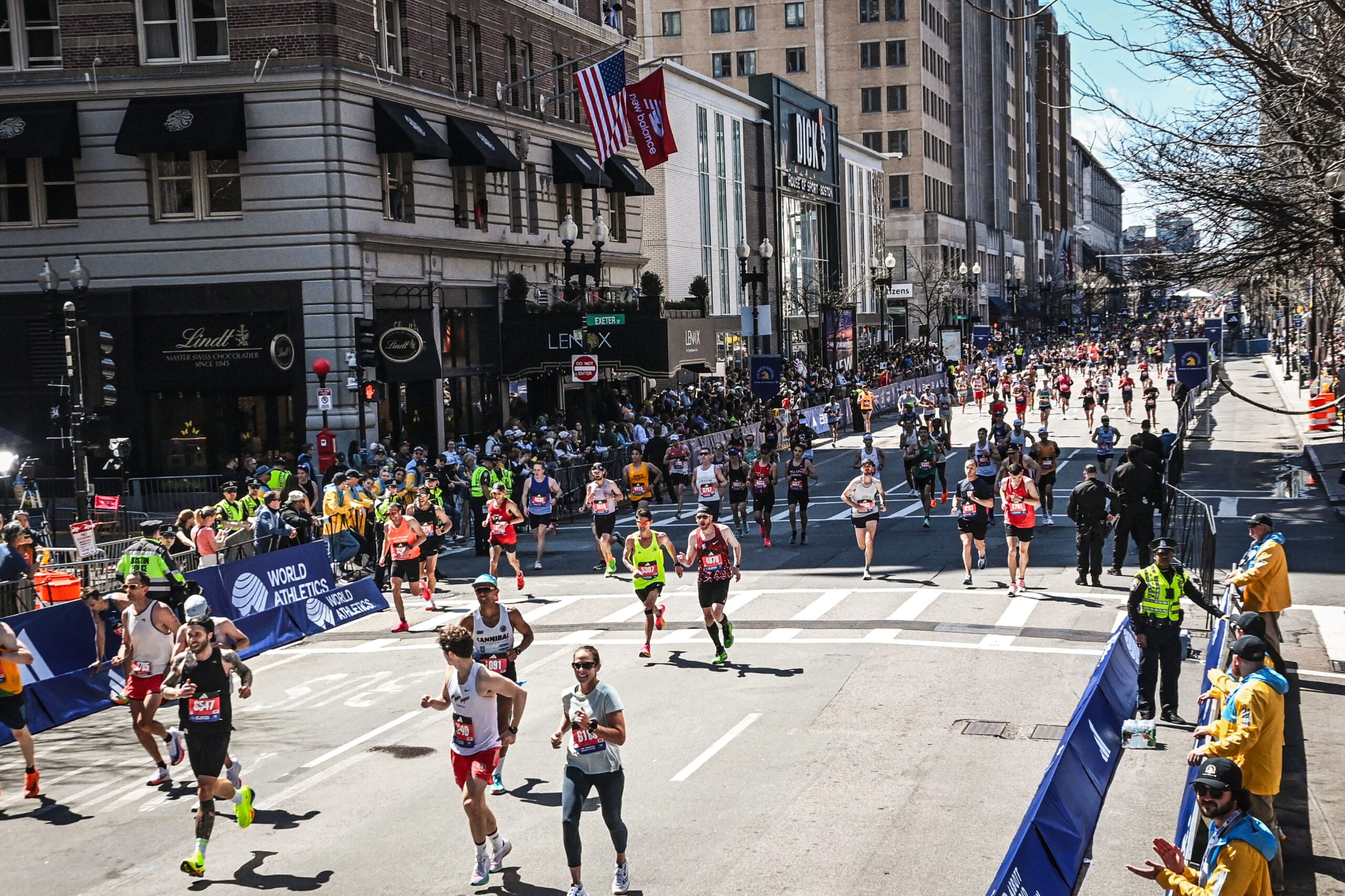




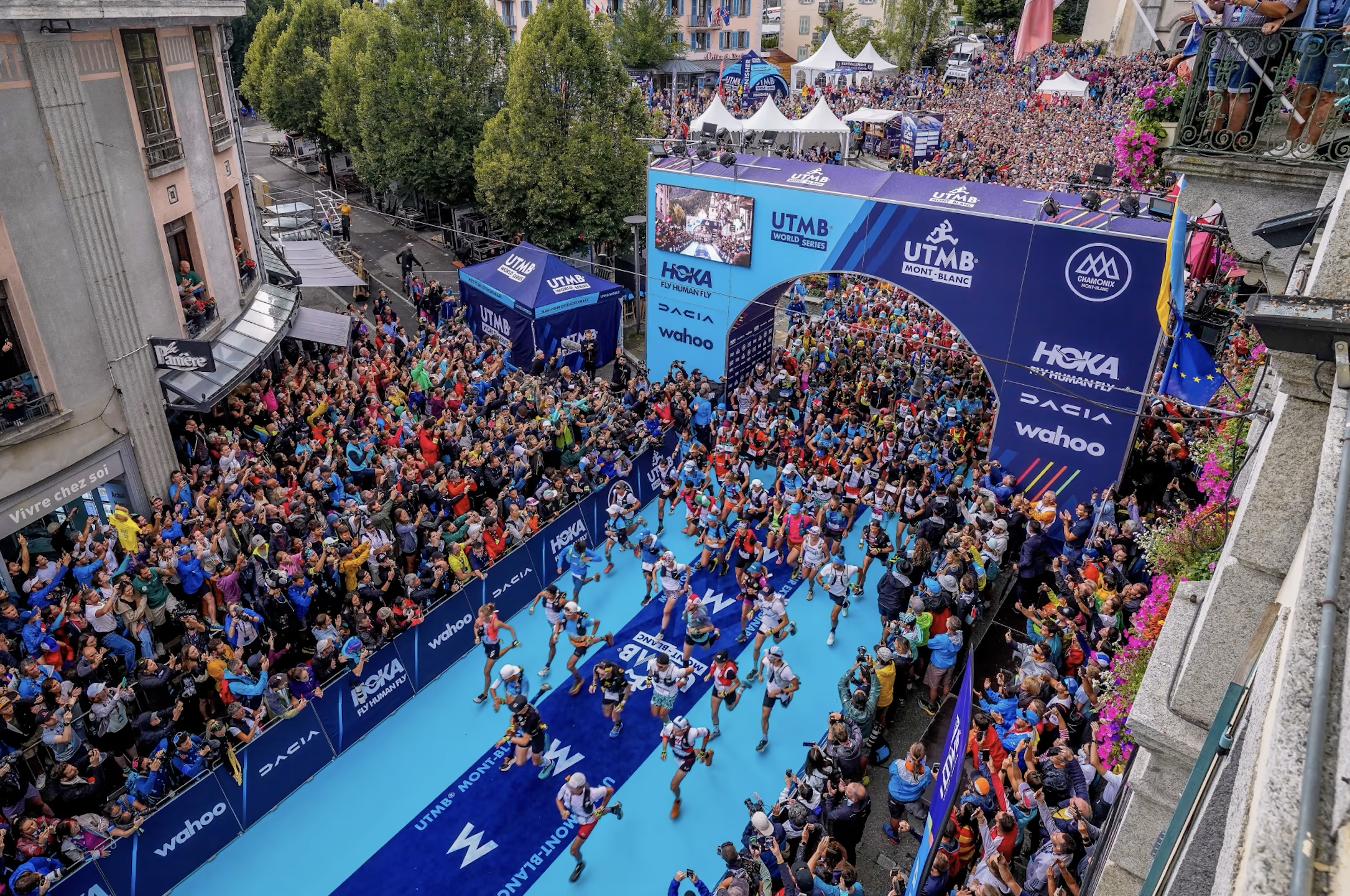


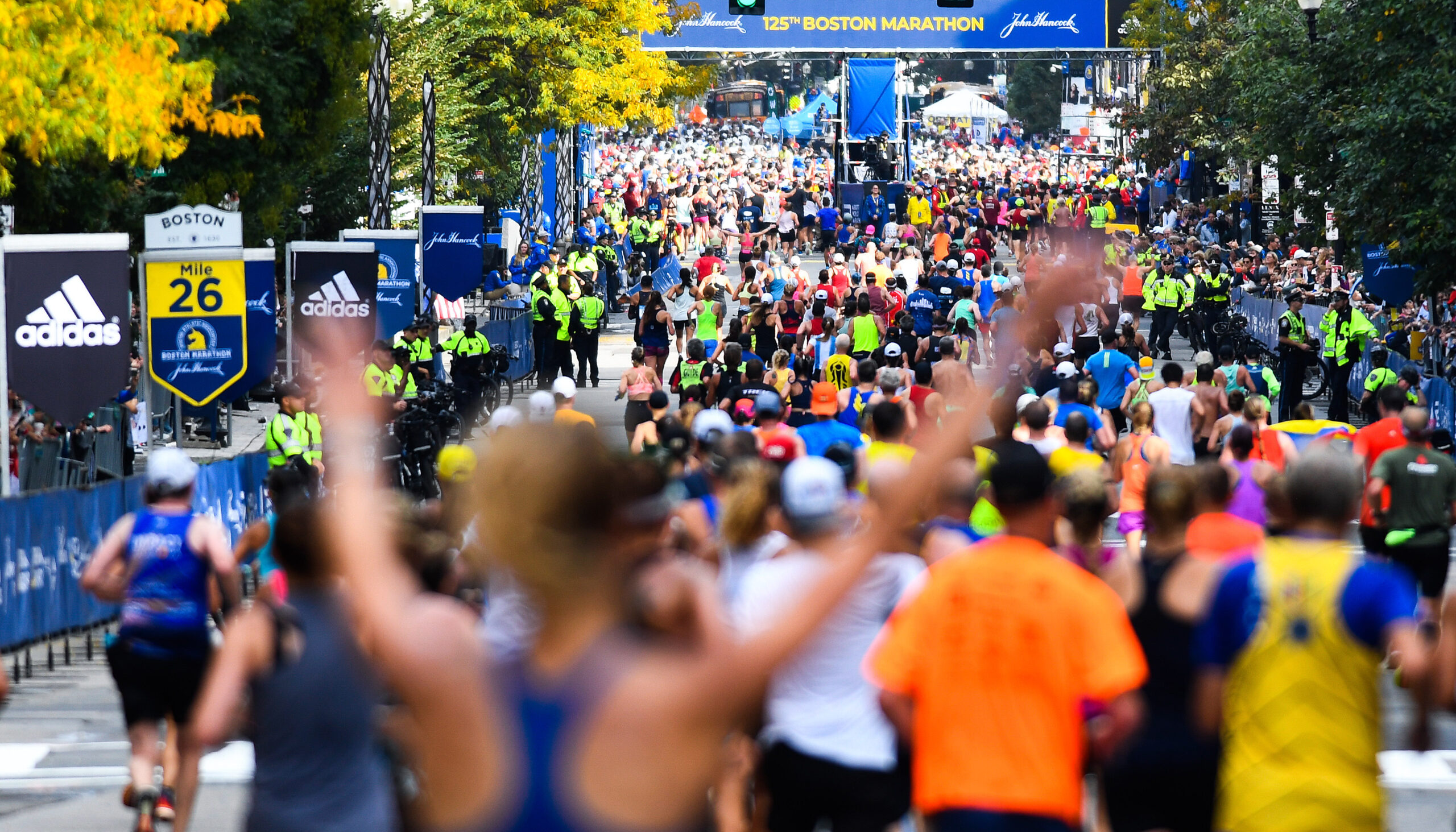
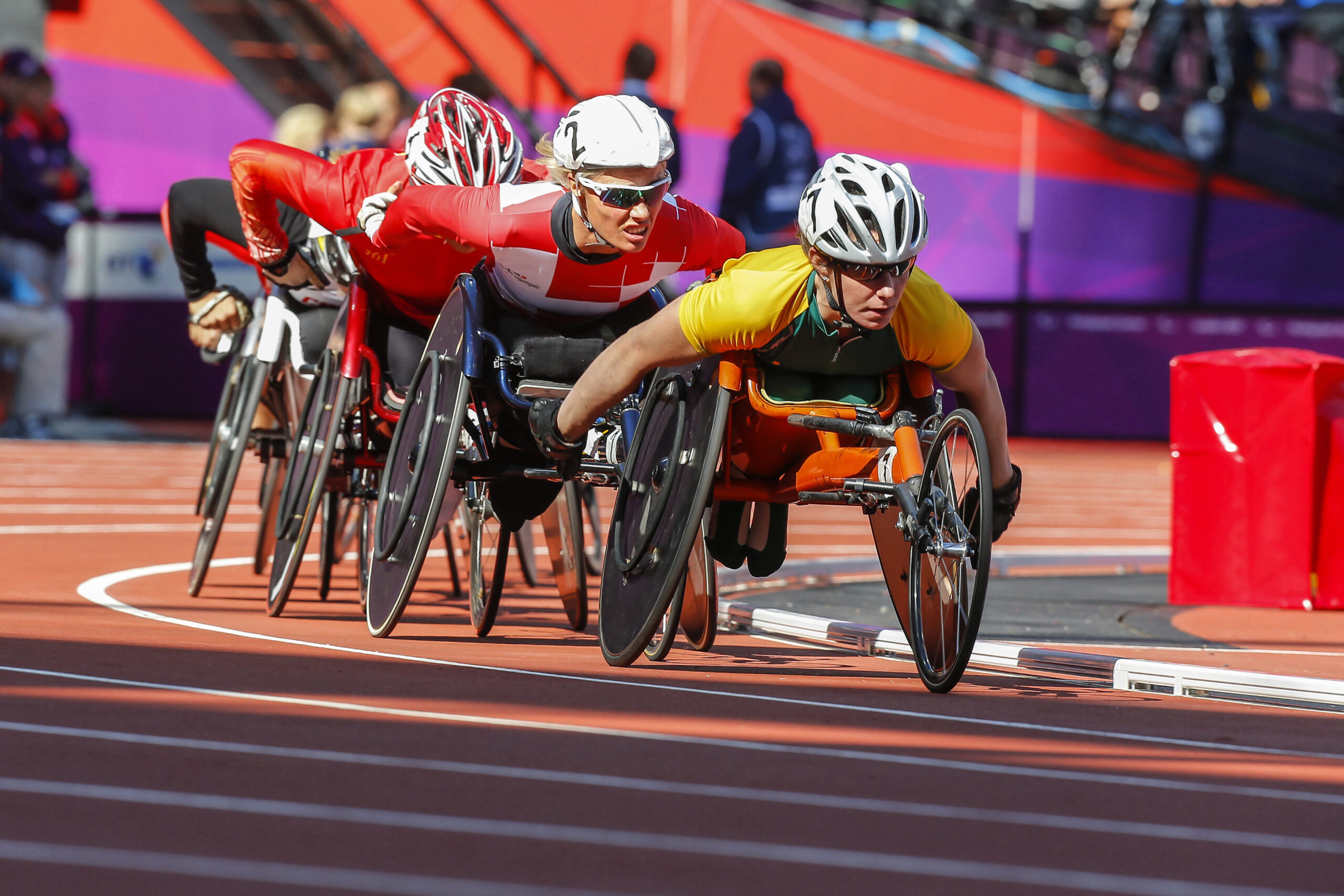










Running News
Ingebrigtsen Stars at World Athletics Indoor Championships 2025 – Plus All The Winners!
Sam Ruthe Is First 15-Year-Old To Run A Four-Minute Mile!
Eliud Kipchoge Will Run The 2025 Sydney Marathon!